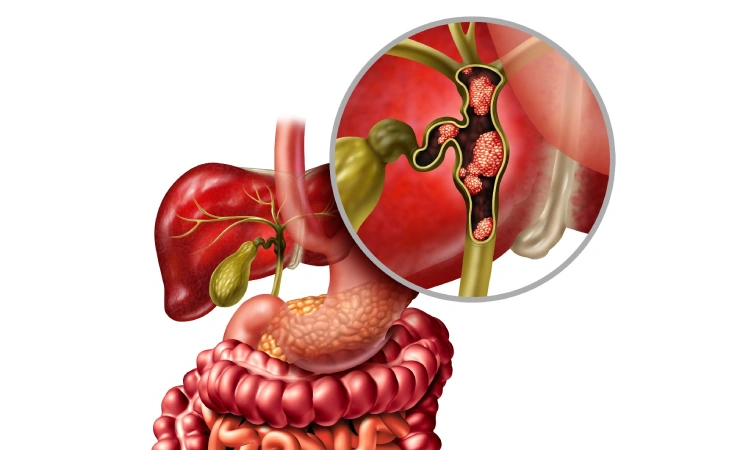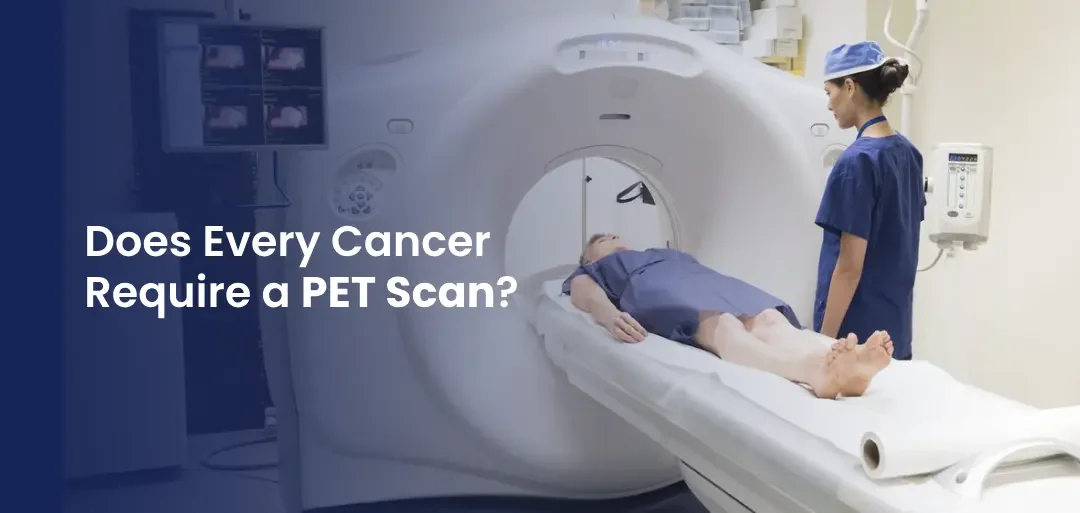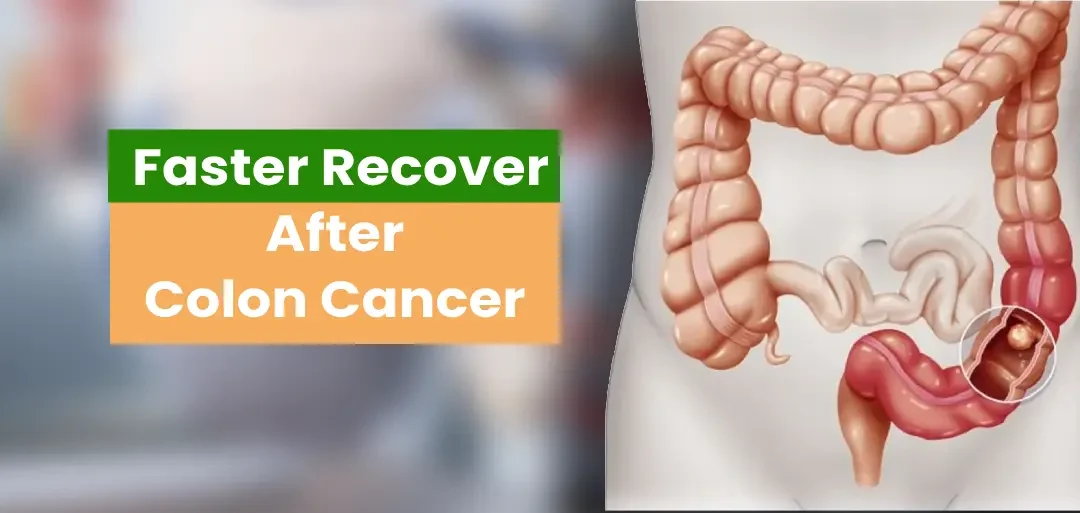Colorectal liver metastasis (CRLM) is a condition where patients with colorectal cancer have spread cancer to the liver. Almost 35- 40% of patients with colorectal cancers develop CRLM during the course of the disease. It could be synchronous – meaning the liver metastasis appears at the same time as the primary tumor or metachronous – meaning the liver metastasis appears after the primary tumor is treated.
In spite of this being a metastatic disease, many patients when treated with a combination of aggressive surgery and chemotherapy survive long and do well. The sequencing of the various modalities of treatment and the precise planning is all-important. About 20-25 % of patients with CRLM are eligible for liver resection surgery. Those who undergo a successful and complete surgery will have an excellent chance of long-term survival. Chemotherapy is an excellent tool to reduce the size and number of CRLMs and make them suitable for surgery. Over the last two decades, newer chemotherapy drugs, targeted therapy working at the molecular level, and immunotherapy have increased the number of patients who can be downsized and subsequently operated on.
Till recently, most centers would resect large parts of the liver in order to clear the disease. this would result in long hospital stays, liver function impairment, and result in higher morbidity or even mortality.
Over the last few years, we have been performing IMAGE-GUIDED LIVER PARENCHYMA SPARING SURGERY for CRLM. With the help of high-end precision intraoperative sonography on the liver, the metastasis is mapped out in collaboration with the radiologist. (Dr. Anirudh Kulkarni). The lesions are then approached in such a way that minimum liver needs to be sacrificed and yet the liver metastasis is excised. While this can be challenging and needs a very precise understanding of the intricate anatomy of the liver, the parenchyma sparing actually saves a lot of liver tissue and the patients recover much faster. This enables them to get back to routine life faster and also enables them to take their remaining chemotherapy in time. This technique has also enabled us to respect and offer a potential cure for those with CRLM in both lobes of the liver.
Thanks to these advances, we are able to successfully operate and offer potentially curative solutions to many patients with colorectal liver metastasis.














